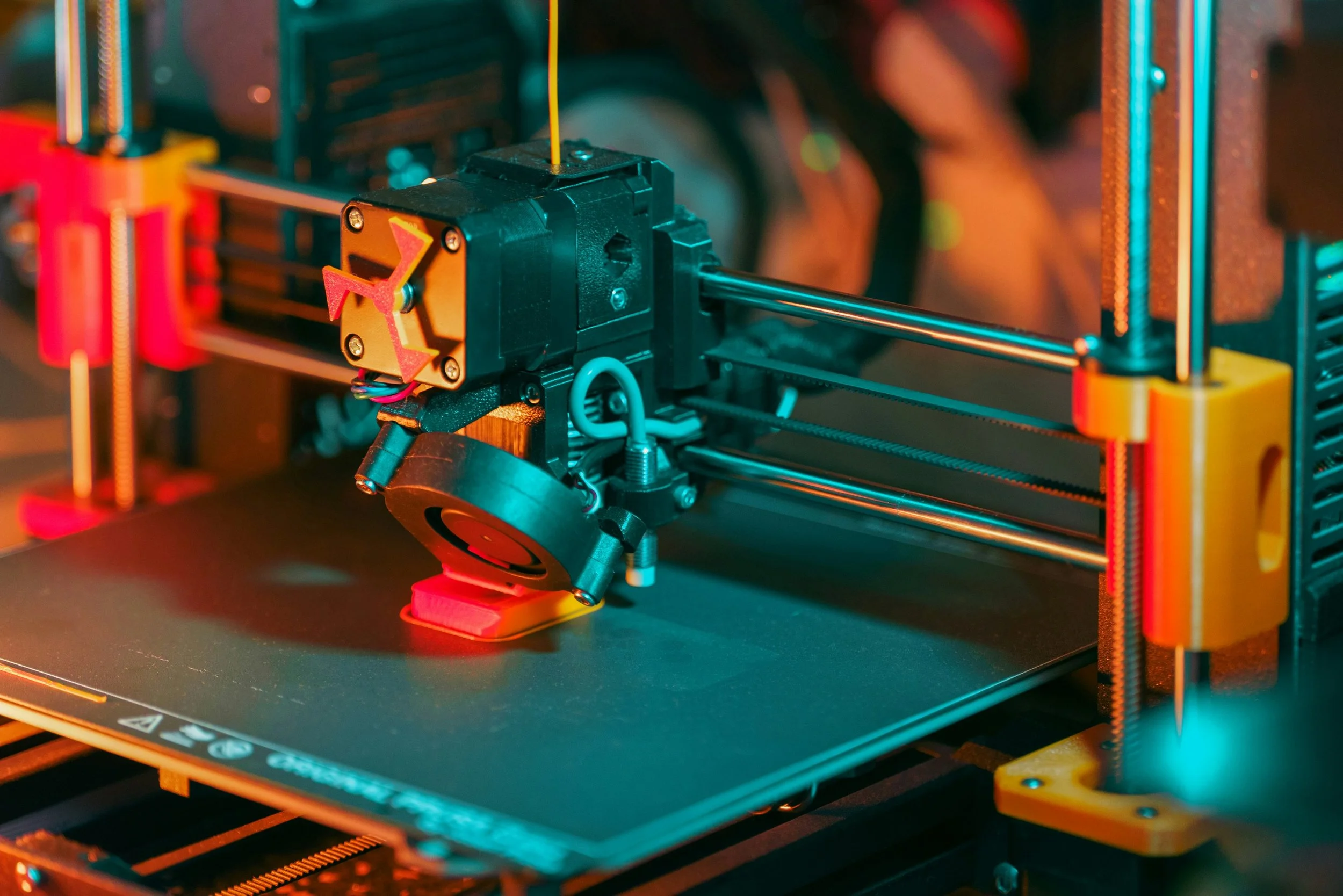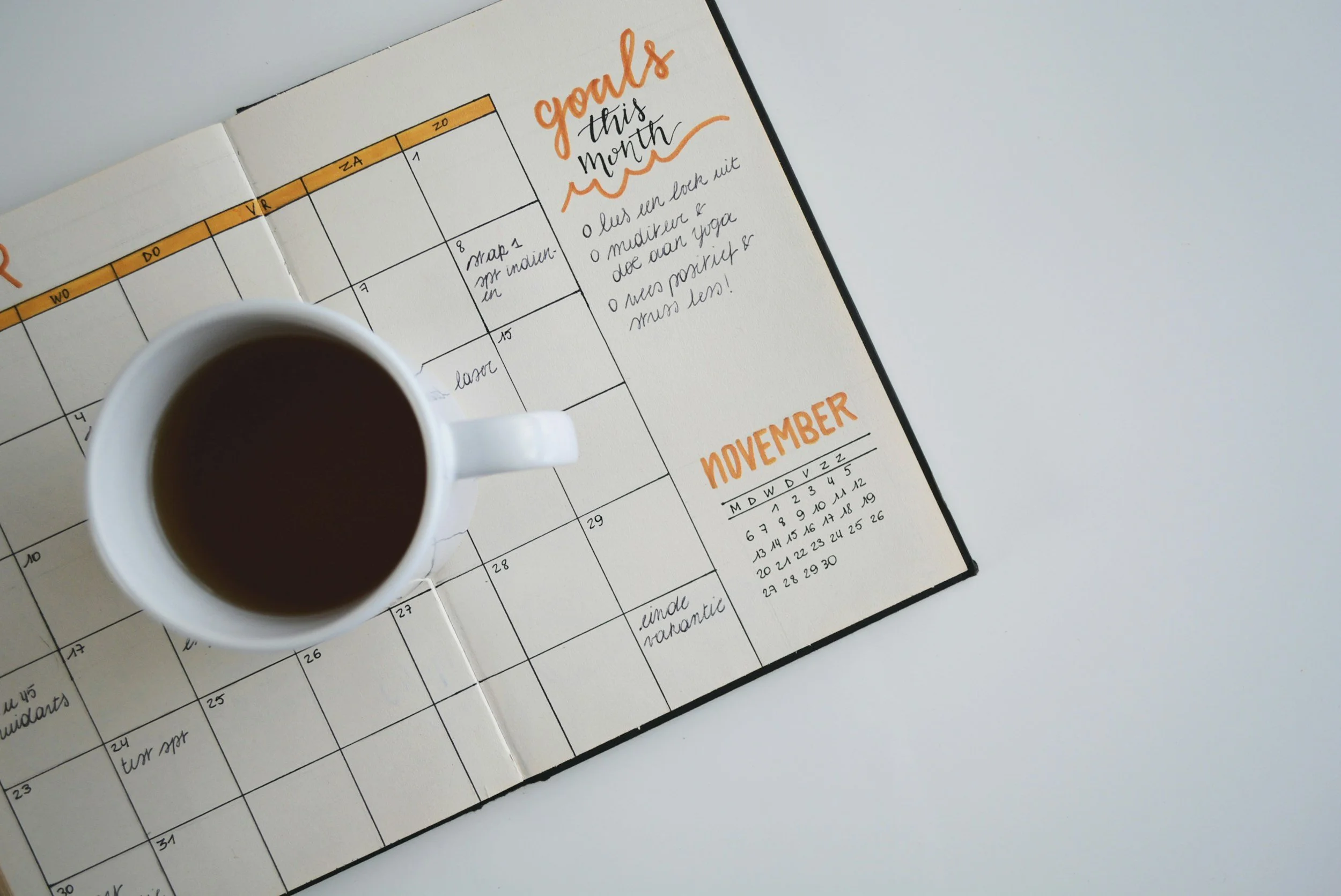
How We Help (Treatment Methods)
3D Printing and Adaptive Design
Cognitive and Memory Support
Fine Motor and Upper Extremity Rehab
Home and Environment Assessments
Sensory Regulation and Coping Programs
Vision Therapy

3D Printing:
Custom Splints & Orthoses — 3D print lightweight, tailored supports for hand, wrist, or limb function.
Adaptive Devices — Design and print utensils, handles, and grips for everyday tasks.
Therapy Tools — Create puzzles and graded exercise objects for cognitive and motor rehab.
Environmental Aids — Produce home modifications (switches, key holders, medication organizers) to boost independence.
Rapid Prototyping — Quickly adjust and reprint items to match changing patient needs and progress.
Cognitive and Memory Support:
Attention and Focus: Use strategies to improve concentration and task completion.
Memory Aids: Implement planners, checklists, and digital reminders.
Executive Skills: Strengthen organization, planning, and problem-solving.
Routine Building: Create structured daily habits for consistency.
Functional Application: Practice cognitive strategies in real-life tasks.
Compensatory Tools: Introduce adaptive methods to support independence.
Fine Motor and Upper Extremity Rehab:
Strength and Coordination: Improve grip, dexterity, and control.
Range of Motion: Restore mobility through targeted exercises.
Neuromuscular Re-education: Rebuild normal movement patterns.
Functional Tasks: Practice everyday activities for skill carryover.
Splinting and Positioning: Support alignment, comfort, and recovery.
Pain and Edema Management: Reduce discomfort to enhance use and function.
Home & Environment Assessments
Safety Evaluation: Identify fall risks and hazards.
Accessibility: Recommend layout changes and adaptive equipment.
Task Efficiency: Simplify routines for easier daily living.
Mobility Support: Ensure safe movement within and around the home.
Caregiver Training: Educate on setup, transfers, and environmental use.
Independence: Create solutions that promote confidence and autonomy.
Sensory Regulation and Coping Skills
Sensory Awareness: Identify triggers and preferences across environments.
Regulation Strategies: Develop calming and alerting tools for balance.
Coping Skills: Build routines for stress and emotional management.
Environmental Modification: Adjust lighting, sound, and textures for comfort.
Mind-body Connection: Use grounding, breathing, and movement techniques.
Self-advocacy: Support communication of sensory and emotional needs.
Vision Therapy
Visual Scanning: Improve eye movement and tracking skills.
Visual-Motor Integration: Strengthen coordination between eyes and hands.
Oculomotor Control: Address pursuits, saccades, and fixation stability.
Visual Processing: Enhance perception, depth, and spatial awareness.
Compensatory Strategies: Teach scanning patterns and environmental adaptations.
Functional Application: Apply visual skills to reading, mobility, and daily tasks.







